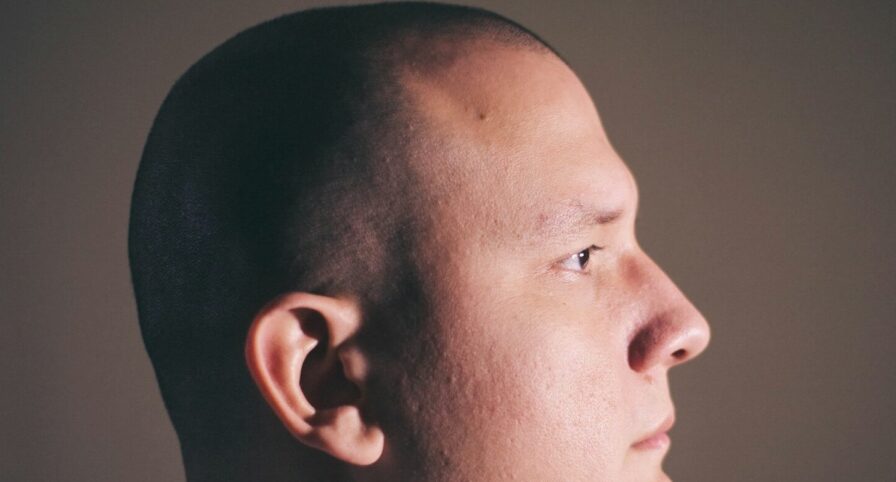

Cover Hair Transplant Scars with SMP
If you’ve recently gone through the process of hair transplantation, or if you are planning to do so shortly, you may have read about the potential for scarring.
This type of procedure indeed comes with a high possibility of lasting scars on the scalp, around the transplantation site. While many people can cover hair transplant scars with their surrounding hair, this may be a challenge for those sporting certain hairstyles or lengths.
Scalp Micropigmentation (SMP) is a far more reliable alternative to relying on your hair to hide your scars. In this article, Follic Inc. – an organisation specialising in micro pigmentation – explores the reason for post-transplant scarring and discusses the use of SMP for scars.
Why Do Hair Transplants Leave Scars?
Hair transplants, including treatments like Follicular Unit Transplantation (FUT) and Follicular Unit Extraction (FUE), involve the extraction of healthy hair follicles from areas of the scalp featuring denser hair coverage. These follicles are then transplanted to areas affected by hair loss.
As a result, the donor site – the area of the head from which the follicles are extracted – is likely to be left scarred. The appearance and severity of this scarring will vary depending on the treatment and the specialist providing it, and it is often possible to disguise it using the surrounding hair, as we mentioned above.
However, this isn’t always possible. As a result, many people turn to SMP – otherwise known as a hair tattoo – to cover hair transplant scars.
What Are The Benefits Of Choosing SMP To Cover Hair Transplant Scars?
SMP is a treatment that involves the use of small needles in the creation of dots of various sizes on an area of the scalp affected by hair loss. This disguises thinner areas of hair and gives a natural, fuller look.
There are numerous benefits to using SMP for hair transplant scars. We’ll discuss the major upsides to this procedure below.
Straightforward
Arranging for SMP treatment is a little like getting a tattoo. You’ll need to prep the relevant area of your scalp before your appointments – a simple process that our team will explain in clear detail when you attend a consultation with us.
Most people undergoing Scalp Micropigmentation require just three sessions to complete the look. Spacing out the procedure in this way prevents fading and ensures a high-quality final look.
Painless
As numbing cream is applied and very small needles are used in Scalp Micropigmentation, the procedure is painless and completely non-invasive. The results are immediately visible to their full effect.
This means that little to no downtime is required for preparation or recovery – so you can go about your daily life as normal before, between and after treatments.
Affordable
The cost of SMP depends on the size of the area being treated and the number of sessions required to get the full effect. However, it is invariably cheaper than hair transplantation – plus, it’s permanent, with only minor touchups required after 3-6 years.
How Effective Is SMP In Covering Hair Transplant Scars?
One of the most popular applications of SMP is the disguising of scars on the scalp. Its efficacy for this purpose is therefore excellent.
As micro-pigmentation specialists can create a pigment tone that perfectly matches the colour of the rest of your hair, the treatment’s capacity to camouflage thinner patches and visible scars is unmatched.
This means that you can feel confident wearing any hairstyle following a hair transplant.
How Long Should You Wait After A Hair Transplant To Get SMP?
While it may be tempting to arrange to have any emerging transplant scars covered with micropigmentation as quickly as possible, we highly recommend waiting for a while.
Some scars may disappear on their own, and your newly transplanted hair may shift minutely as it settles into place, meaning that arranging for SMP too early may result in inaccuracies of coverage.
Instead, you should allow between nine and 12 months before arranging your first SMP appointment to cover thinner patches.
Should I get SMP?
If you’re considering booking Scalp Micropigmentation following a hair transplant, don’t hesitate to get in touch with the experts at Follic Inc. at your earliest convenience. We’re Scalp Micropigmentation specialists based in the Northwest of England.
Our knowledgeable team can answer any questions you may have, and, if you’re potentially interested in moving forward with treatment, we will be able to book you in for a consultation to explain the process in greater detail, talk over your requirements and go through factors such as scalp maintenance and aftercare.
Simply reach out using our simple online contact form or call us on 07463789167, and we will be very happy to assist you.
